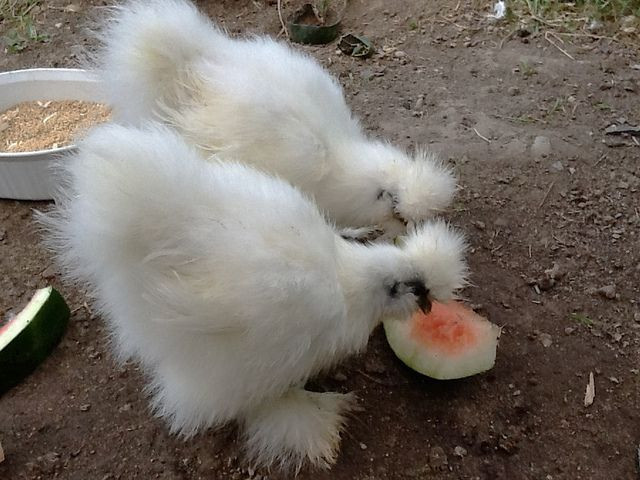Silkie Chicken’s Black Skin And Bones Thought To Aid Female Sexuality (But We Just Think They're Cute)

According to the Chinese, the fascinating Silkie chicken, with its black skin, bones, and nearly black flesh, aids in several aspects of female sexuality. In the West, however, these beautifully colored chickens are popping up more in pet shops than in the butcher shop and are perhaps one of nature’s most captivating examples of the otherwise common genetic mutation, hyperpigmentation.
Hyperpigmentation is a harmless condition that causes skin to become darker in color than the normal surrounding skin and is caused by an excess of melanin. In humans, hyperpigmentation commonly manifests in darker patches, but for the Silkie chicken, the hyperpigmentation further evolved into something called fibromelanosis. This causes nearly everything, aside from their plumes, to be black. “Silkies look like creatures straight out of Dr. Seuss,” Lissa Lucas from the chicken sales website, mypetchicken.com, explained, as reported by Modern Farmer.

While some may argue that the Silkie's most distinguishing feature is its dark coloring, its name actually comes from its smooth barbicel-less feathers. This gives them a feel more similar to a fur coat than plumage. The Silkie's genetic mutation is believed to have originated in China, and it’s here that the practice of eating the wu gu ji, mandarin for “dark-boned chicken,” has its roots.
According to Chinese medicine, the black Silkie chicken can help to warm the body and strengthen the immune system. The chicken is believed to be especially helpful for women. According to Modern Farmer, eating a Silkie will help to increase female fertility, nourish a pregnant woman’s developing child, and help to restore vitality in women who find they can’t quite get in the mood after childbirth.
In the West, these chickens aren’t used for food very often due to the cost it takes to raise them to maturity, and the tough, boney nature of their flesh. “Commercial meat chickens are tender because they’re young and have little space to exercise those muscles. “To raise Silkies for meat, it would cost way more in feed and time to produce a smaller, tougher bird,” Lucas explained. Also, they lay far less eggs than the traditional chicken, with a single birth yielding about three small eggs each week.
Arguably, though, Westerners may be less inclined to eat these particular fowls due to their endearing appearance. Whether you are a bird person or not, there's no denying this chicken’s beauty. Their soft, “silky” plumage, which unlike other chickens grows all the way down to their toes, makes the bird unable to fly. I’m sure these little chicks aren’t too worried about their mode of transportation, though, because once you pick one up, it’ll be hard to put the fluffy bird down again.

Published by Medicaldaily.com



























